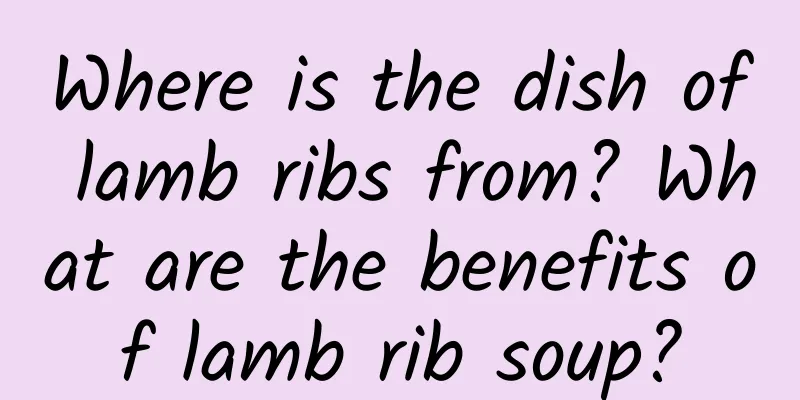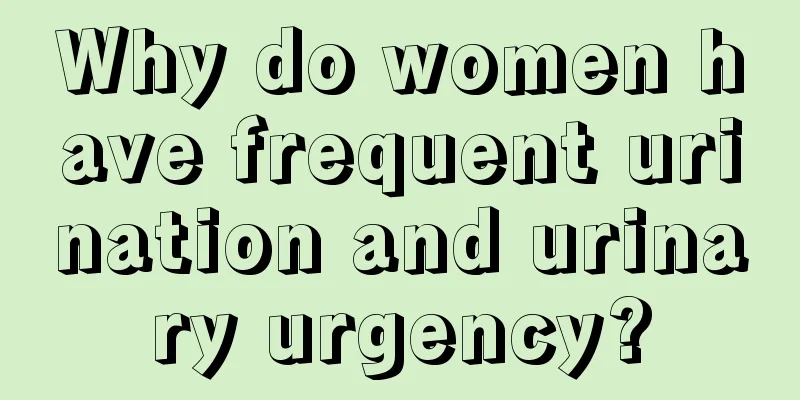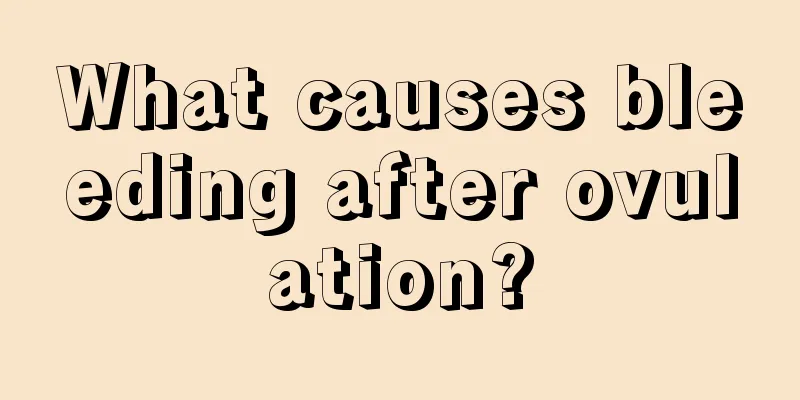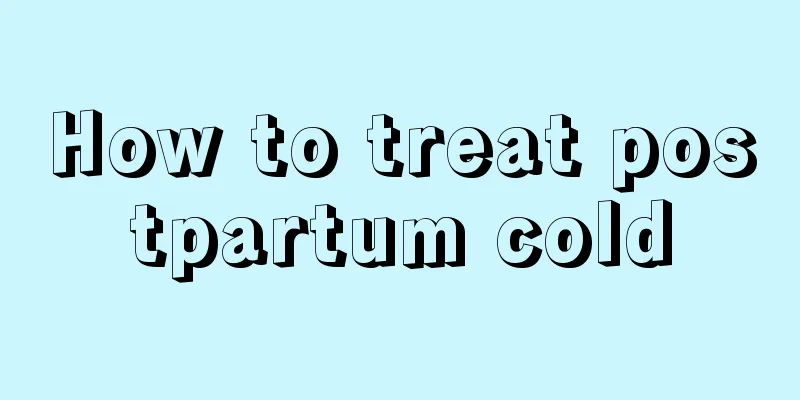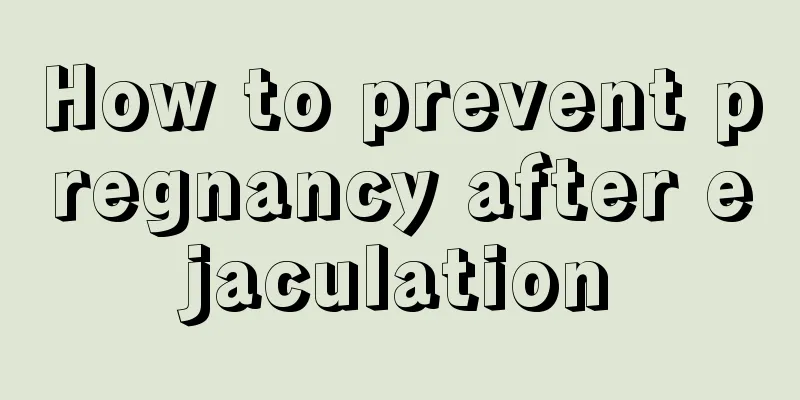How should ovarian cysts be treated?
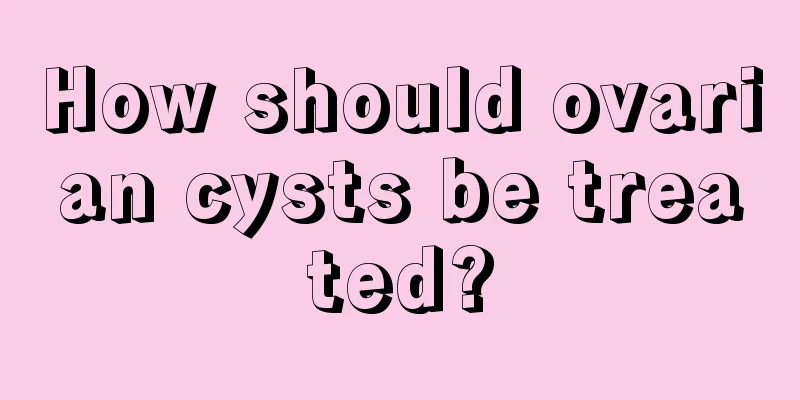
|
The ovaries are a very important part of the female body. Some women often develop ovarian cysts due to menstrual disorders, depression, and poor living habits. Ovarian cysts that are less than 5 cm in diameter generally do not require surgical treatment. And if the cyst is larger than 5 cm, the doctor recommends. Surgical removal must be performed. Let’s take a look at the surgical treatments for ovarian cysts. Surgical treatment of ovarian cysts Adequate preparation must be made before surgery on ovarian cysts, including improvement of the patient's general condition, choice of anesthesia, instruments and related medications, and emergency measures. The method, scope, and specific operation of the surgery will depend on the patient's age and the nature, size, unilateral or bilateral growth of the tumor, and whether there are adhesions or malignant metastases. For some cases that cannot be determined, a biopsy of the diseased tissue can be taken before surgery. Surgical treatment of benign ovarian cysts: ① Ovarian cystectomy: Most of these patients have no menstrual disorders, and some even have complicated pregnancy. If the tumor is more obvious on one side, a salpingo-oophorectomy on the affected side can be performed. ②Salpingo-oophorectomy Unilateral ovarian cysts occurring in older patients (over 45 years old) and bilateral ovarian cysts are usually treated with unilateral or bilateral oophorectomy. Patients who are not fit for surgery due to their general condition or who have severe inflammation often undergo total hysterectomy. It is worth noting that in the surgical treatment of larger ovarian cysts, the size of the incision should be disregarded and complete resection is appropriate to avoid rupturing the patient's pulse and allowing the contents to spill into the abdominal cavity or incision. During the operation, attention should be paid to the patient's pulse, breathing, and blood pressure changes. When necessary, the infusion or blood transfusion, oxygen supply should be accelerated. Early detection of acute gastric dilatation, paralytic intestinal obstruction, and the resulting water and electrolyte imbalance and blood chemistry changes should also be prevented. ③ Resection of the adnexa and the entire hysterectomy If unilateral or bilateral ovarian cysts occur in women who are near menopause or menopause and the patient's general condition is not adequate for treatment, bilateral adnexectomy and total hysterectomy are appropriate, but this will seriously affect endocrine disorders. |
<<: What is the cause of ovarian mixed echo mass?
>>: Can Diane 35 cure patients with polycystic ovary syndrome?
Recommend
Dark yellow complexion with spots and rough skin
Many women are under too much pressure at work, s...
How to control weight gain during pregnancy
Women will gain weight during pregnancy, which is...
The "Medical Staff Science Popularization Capacity Improvement Project - The First Batch of Science Popularization Professional Groups" was successfully held in Beijing
"Protecting life through popular science fir...
If you don't eat on time, this organ will give you a "fatal blow" (not the stomach)
Many "workers" To sleep more in the mor...
What to eat after curettage
If a woman does not want to become a mother as so...
How can I wash off grape juice that gets on white clothes? Do I need to add water when squeezing grape juice?
Grape juice, as the name implies, is juice squeez...
What are the main symptoms of breast hyperplasia?
Breasts are the most obvious, sexiest and most ty...
Why is the leucorrhea thick and yellow?
Generally speaking, normal leucorrhea is white or...
Where are the breasts located?
Breast cancer is a malignant tumor disease that o...
Will the iron supplements my mother take pass into her breast milk?
New mothers may feel very weak after giving birth...
Boil corn silk in water to lose weight, a simple and fast way to lose weight
Corn is a kind of coarse grain that we often eat ...
Breast lumps on the fourth day after delivery
Many mothers find lumps under their breasts after...
Can I use ginger water to wash my vulva for itching nine days after medical abortion?
After medical abortion, if symptoms of itching ap...
